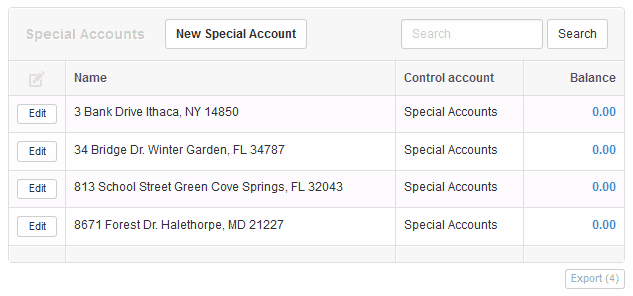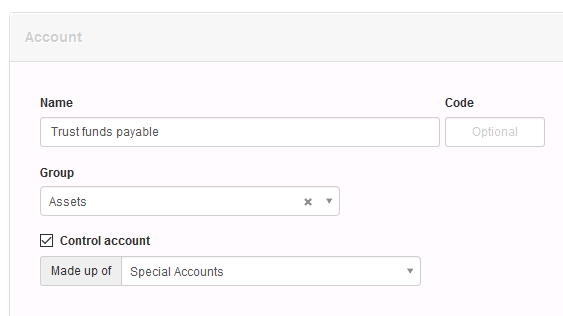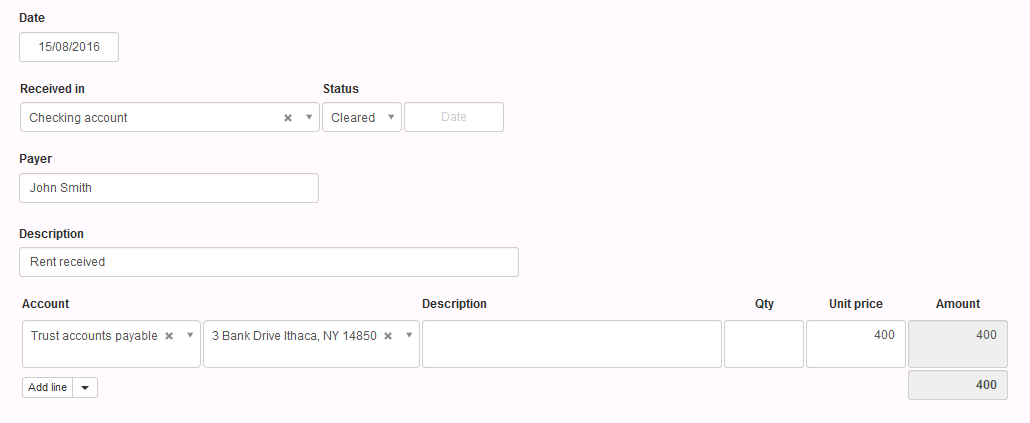A subsidiary ledger is a group of similar accounts whose combined balances equal the balance of a specific balance sheet account.
An example of a subsidiary ledger is "accounts receivable" where the balances of all customers accounts equal the balance of the Accounts receivable account on the balance sheet. Or inventory, where the total value of all inventory items on hand equals the balance of the Inventory on hand account.
Some businesses may require special accounts because the in-built subsidiary ledgers are not suitable. For example, a real estate agent may require a custom subsidiary ledger to manage trust accounts in a landlord's ledger.
To create a custom subsidiary ledger, enable the tab Special Accounts from Customize.

Within this tab, you can create all subsidiary accounts. For example, a real estate agent will create a new account for each property they manage.

You will notice, all special accounts will be automatically assigned to the Special Accounts control account. Usually it's preferable to create a new control account on the balance sheet and assign these special accounts to that control account. In this case, a real-estate agent could create a liability account named Trust funds payable.

You can have multiple control accounts which are made up of special accounts. This is useful if you require multiple custom subsidiary ledgers.
Special accounts can be then used for most transactions as if they are regular accounts. For example, if a real-estate agent receives rent from a tenant, it would be recorded under Cash Accounts tab as a Receive money transaction.

You don't have to be real-estate agent to take advantage of custom subsidiary ledgers. If you have many loan accounts, instead of showing them individually on a balance sheet, you can create all loan accounts within its own subsidiary ledger. This will ensure your balance sheet is concise enough to be easily analyzed.
You can also use custom subsidiary ledgers to track store credits given to customers (e.g. gift cards or customer loyalty programs). For example, if a customer buys an item for $500 and uses their store credit, you can easily see the store credit each customer has on account, then apply it to their receipt so they only pay the difference.
